Like oracles in mythology that promised knowledge and prophecy to help seekers, Oracles in Web 3.0 also serve as a reliable external source of information. That’s why they meet three main criteria: Integrity, Availability and Confidentiality.
The decentralized modern Web 3.0 ecosystem is very closely connected to the real world and can react quickly to events and changes “from the outside. This is done by using Oracles — objects that connect blockchains and external systems. It is thanks to them that smart contracts are executed based on real-world outputs and inputs.
The functioning of smart contracts always comes with limitations. By their nature, they cannot interact with systems that exist outside the native blockchain. This isolation is intentional, to preserve the authenticity of user transactions as well as to prevent the possibility of Double-Spending.
To interact securely with autonomous systems “outside the blockchain,” Oracles are exactly what we need. They help expand the types of digital agreements, because most applications of smart contracts (like DeFi) need to know data from the real world. Complicated? Yes, the system is complicated. But we’ll try to explain how it works in simple words and with a real example.
Count Gas by Chainlink Oracles
Let’s take GasMonsters as an example of using Oracles — dynamic NFTs that level up simply when you make transactions in the blockchain network. They are first to implement the Gas counting technology with the help of Chainlink Oracles. This means that the collection character, a dragon, grows and modifies with enough Gas and is fully robotic when it reaches its maximum level.
In this case, Oracle is just a smart contract that allows you to make requests via Chainlink node. Gas counting is done through the Chainlink system. It is a blockchain system that consists of a node, oracles, and adapters that allows you to link smart contracts to off-chain servers and external APIs.
How does it work? For example, Bob wants to buy an unusual NFT and his choice falls on GasMonsters. He gets a cute dragon. Bob makes transactions in his crypto wallet and pays for Gas accordingly. Oracles sends information about the spent Gas to the back-end of the site, where a special algorithm converts these values into experience points of the dragons.
How does Gasmonster level up and how does the dragon grow? When, let’s say, Bob uses 21k of Gas, the Oracles send information specifically about this amount, and then the data is sent to the account where it is reflected in the filling of the Gasmonster experience box, and when this box is filled completely, Bob has the opportunity to press the “grow up” button. And then a miracle happens: poof! and the dragon turns into a monster of the next level.
There are a total of 7 levels of character maturation. And when GasMonster reaches the maximum level — he becomes immortal and stays in the network forever. NFT is decentralized, which means that the metadata and all the images are stored in IPFS, and the NFT layers are defined inside the blockchain.
[link] [comments]

You can get bonuses upto $100 FREE BONUS when you:
💰 Install these recommended apps:
💲 SocialGood - 100% Crypto Back on Everyday Shopping
💲 xPortal - The DeFi For The Next Billion
💲 CryptoTab Browser - Lightweight, fast, and ready to mine!
💰 Register on these recommended exchanges:
🟡 Binance🟡 Bitfinex🟡 Bitmart🟡 Bittrex🟡 Bitget
🟡 CoinEx🟡 Crypto.com🟡 Gate.io🟡 Huobi🟡 Kucoin.
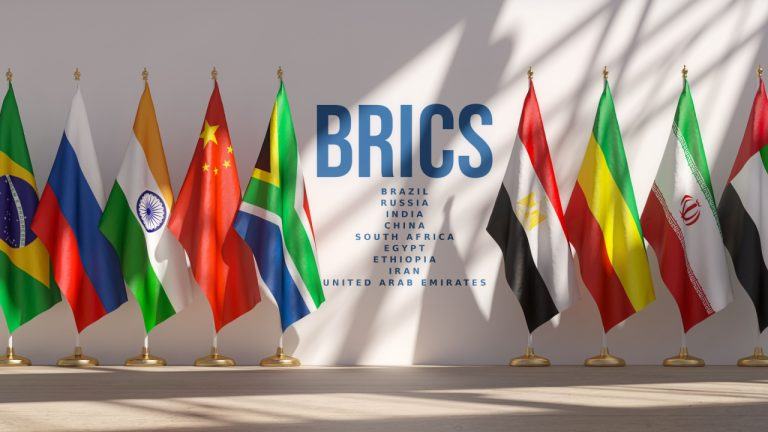
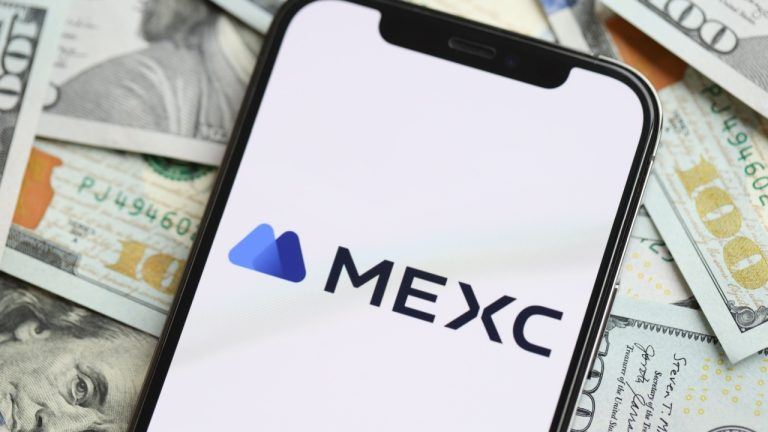
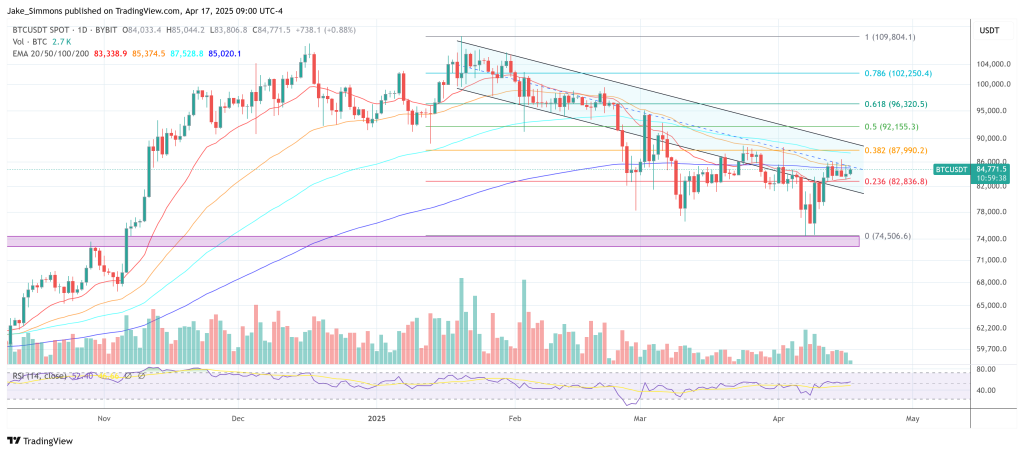

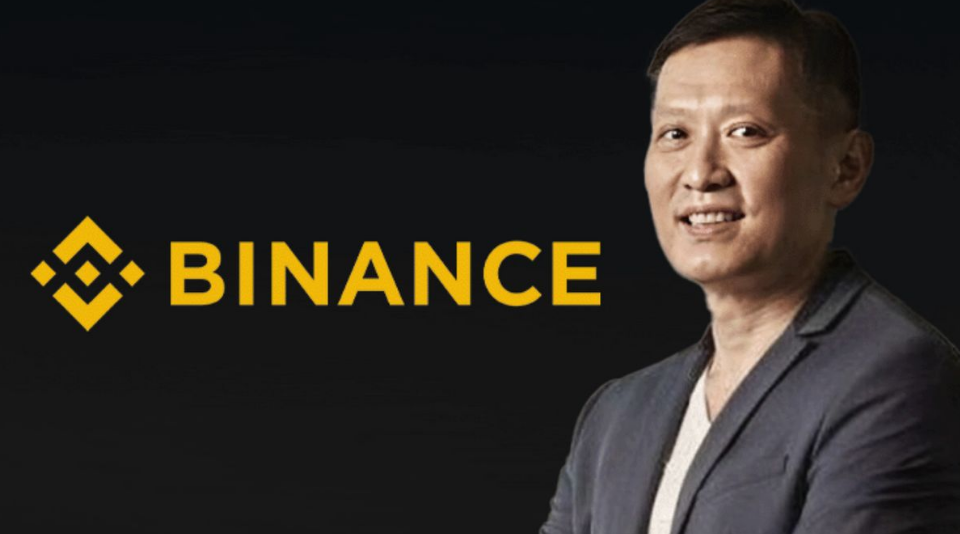
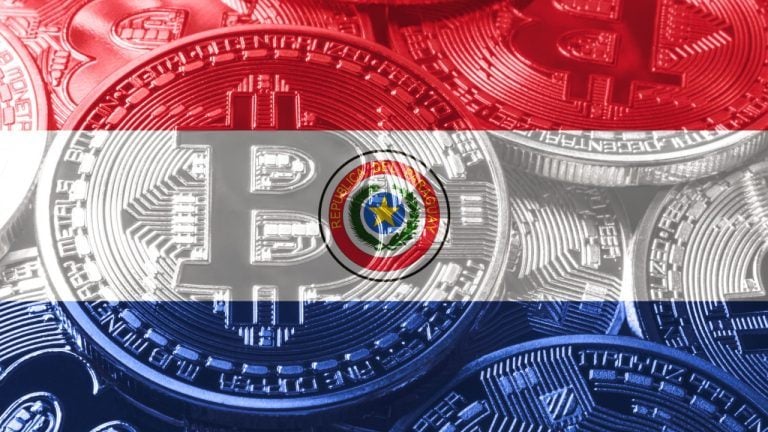


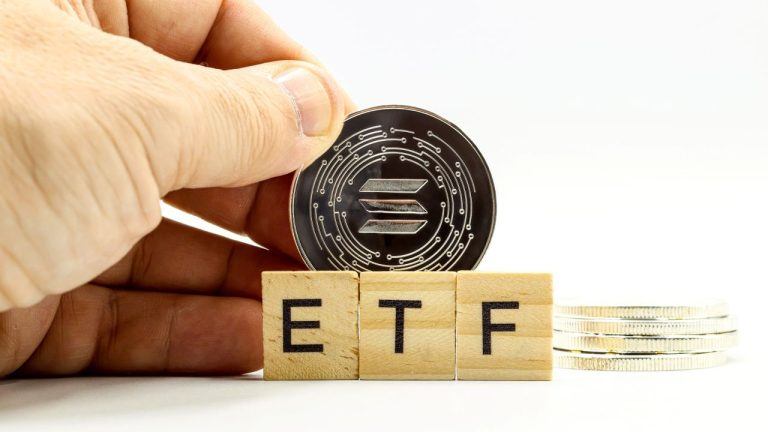



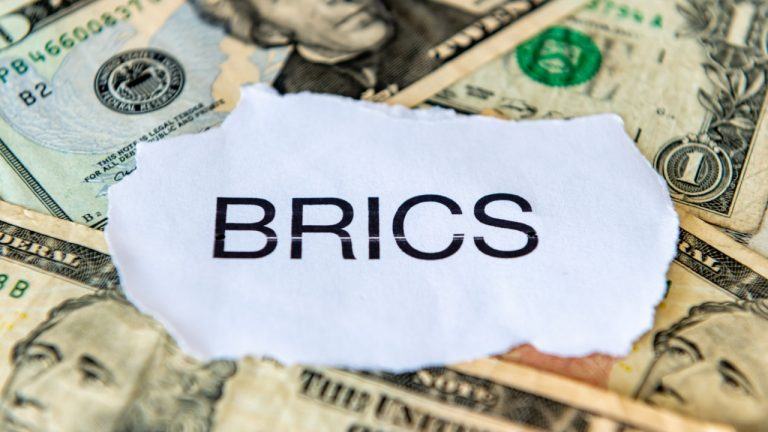

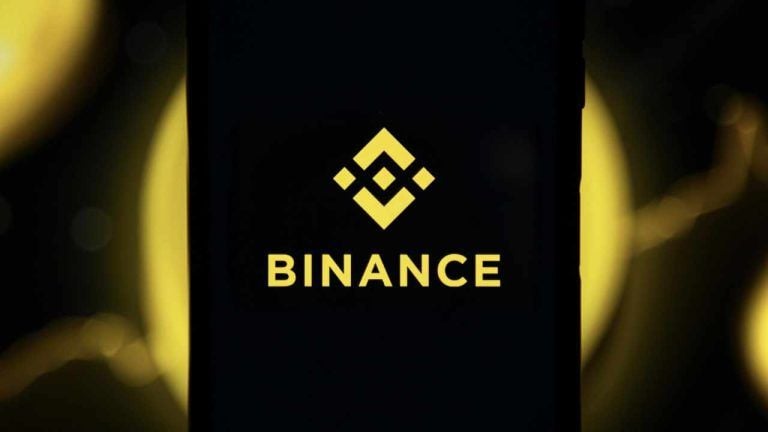

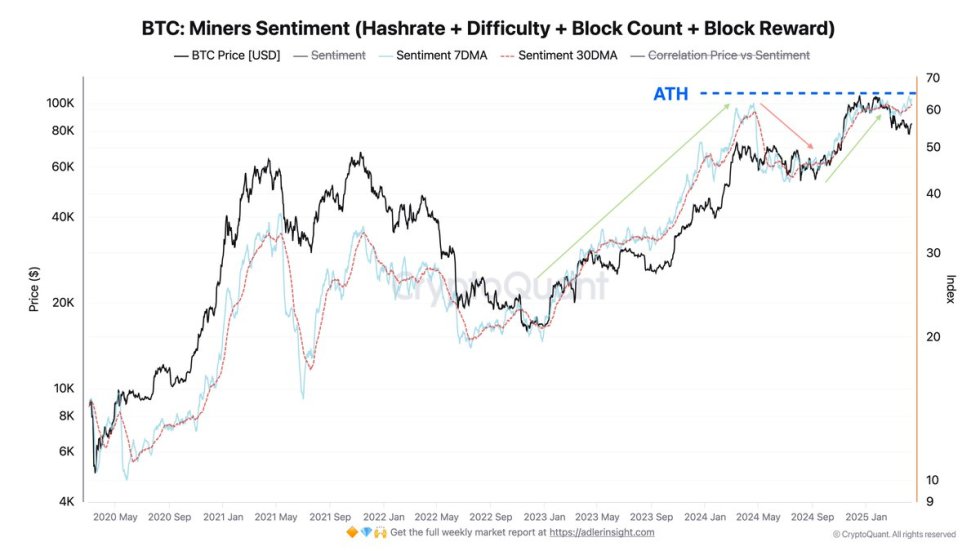

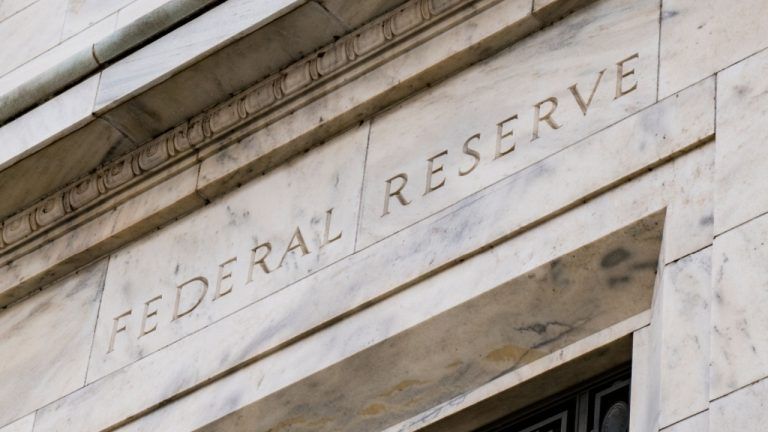

Comments